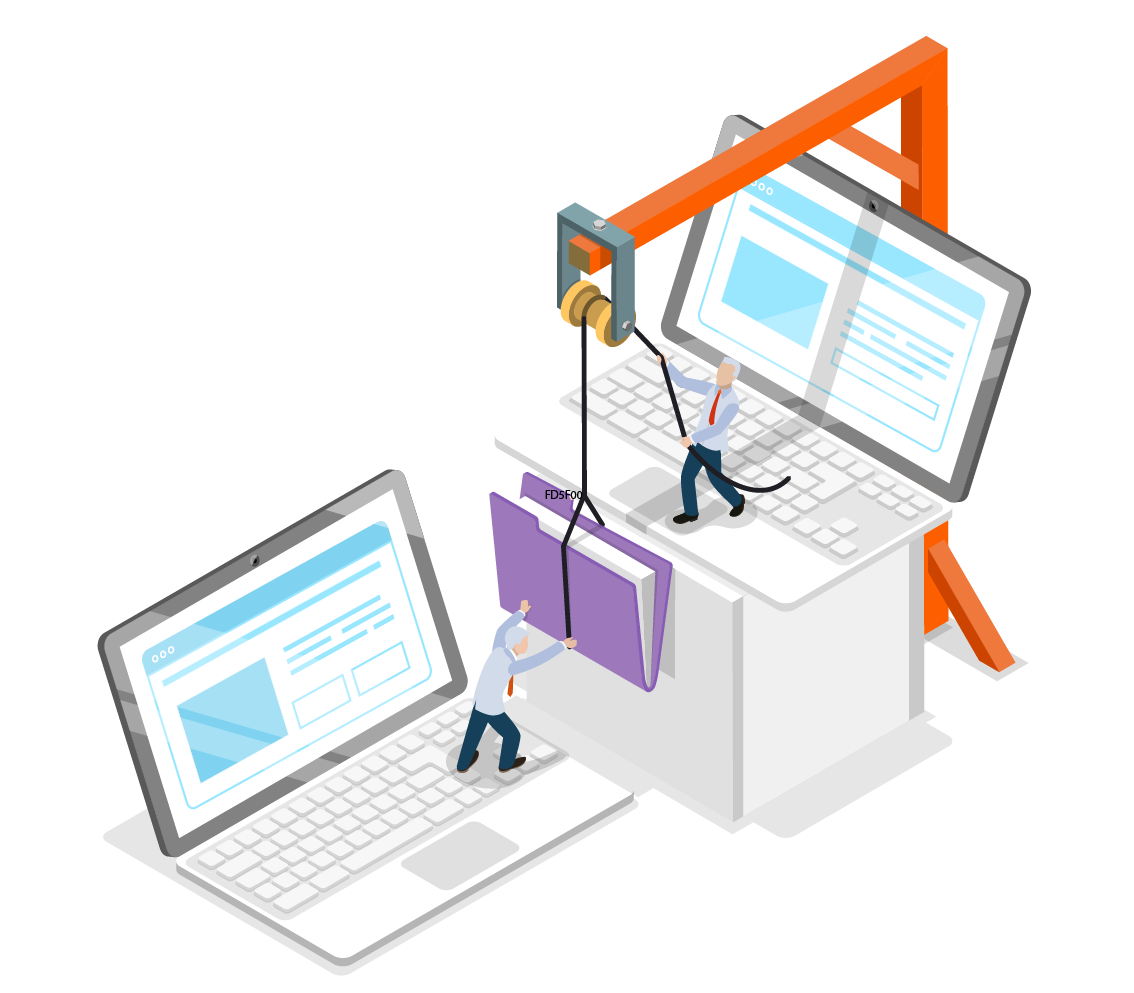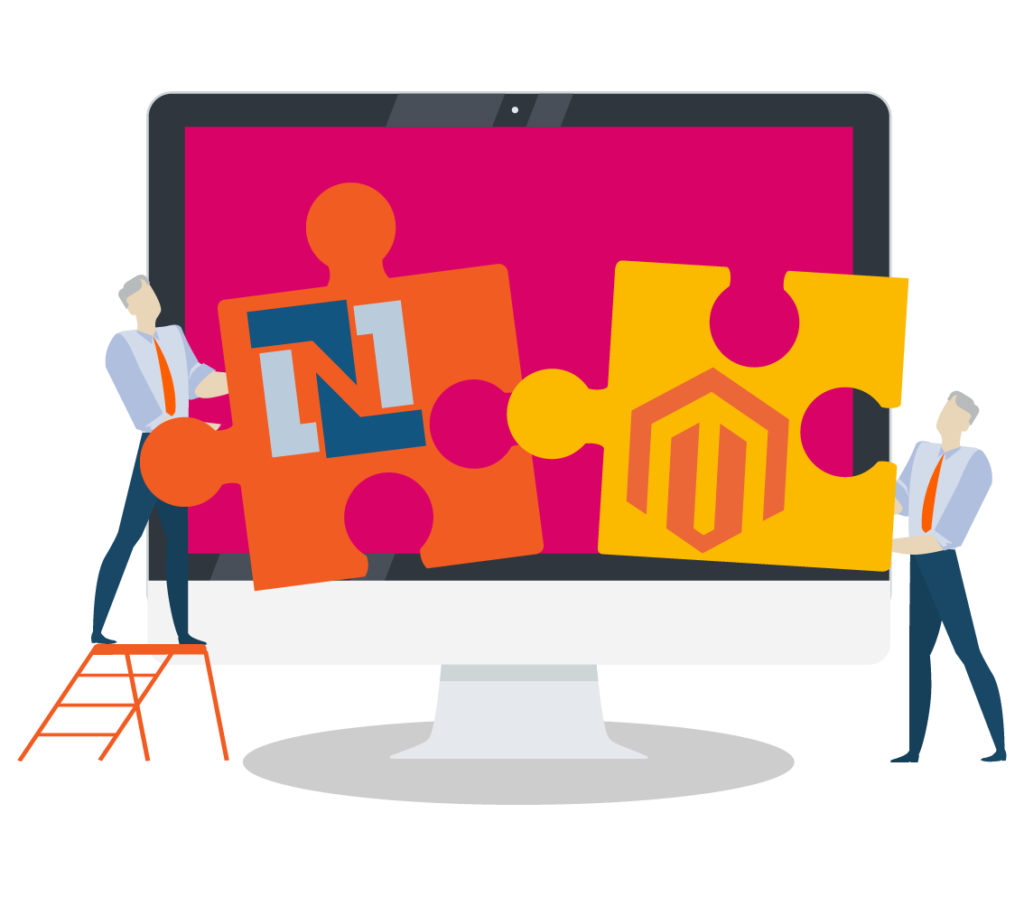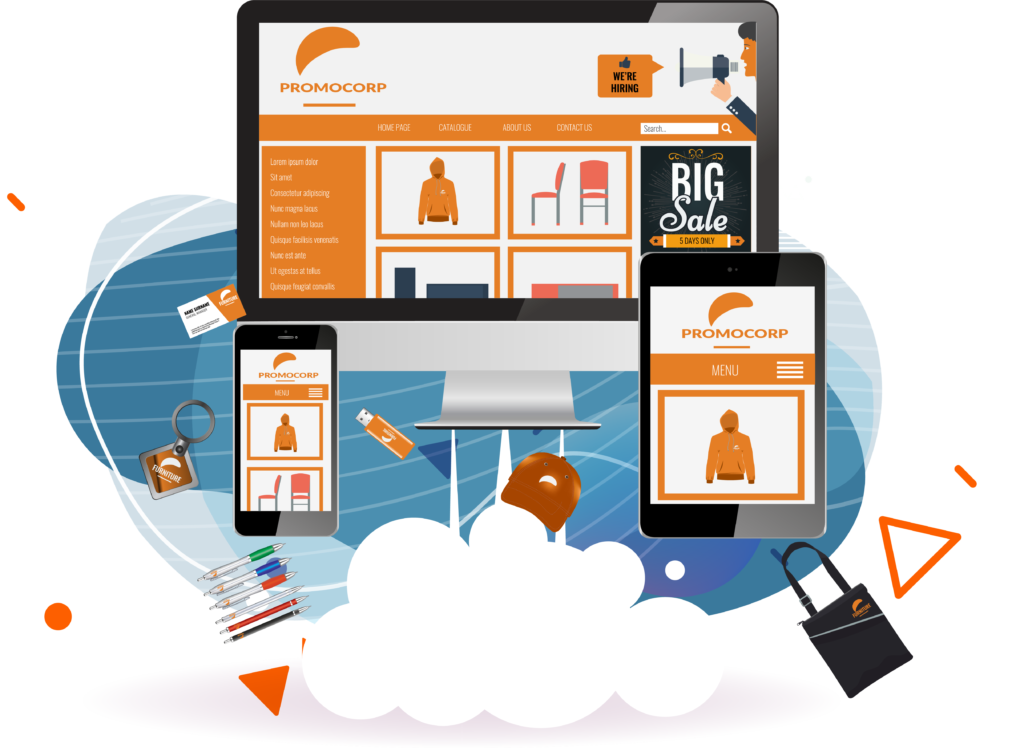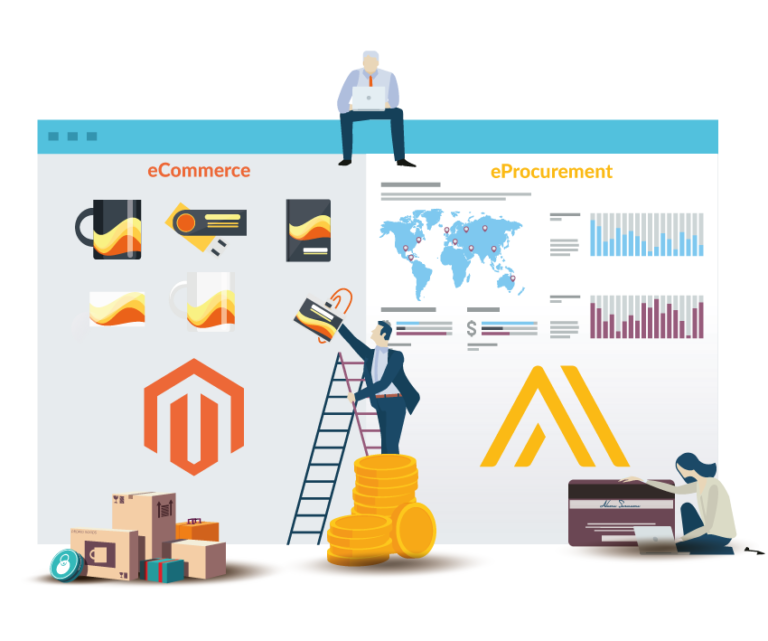1. Are users getting to the checkout?
Sometimes in B2B, we have to collect complex data during the ordering process. If that hasn’t been set up well, it can put people off, and they might decide not to place that order – for example, if they were about to order 200 umbrellas for a marketing event, one of their other suppliers might be able to provide an alternative gift.
We can help you collect the right data to ensure users are getting through your ordering process easily.
2. Are users bypassing your careful setup?
You can rely on end users to find ways around any casual attempt to guide their journey! In one case, a large car manufacturer’s staff were found to be bypassing our single-sign-on process, and registering their own user accounts so they could sign in directly. That prevented them from placing the right type of order!
We can provide analytics to help you verify that users are going through the right process for ordering.
3. Is the stock moving?
You might have a great sales volume, but can you see if any stock is stuck? It could be that the product isn’t showing on your website, or something is preventing people from ordering it. Great sales results can mask issues like this, and that sticky stock will be taking up valuable warehouse space.
We can combine website ordering reports with warehouse reports to help you see where to focus your sales effort.
4. Are you losing out on shipping?
Typical B2B sales will include a shipping estimate – sometimes calculated from weight and dimensions, but always an estimate. We can ensure shipping is correctly accounted for so that you can calculate accurate profit or loss on shipping costs.
5. Notify your sales team!
If order volume dropped off for a regular client, would your team know? We can help you monitor order volumes or stock and pro-actively notify your team – this could lead to new sales, help you keep a client or just keep the relationship warm.
6. Are your connections to other systems working?
It’s common to just check “it’s online”, not “it’s online and working” – never mind “it’s online, working, and efficient!”
For example, a “PunchOut” connection allowing a large car manufacturer to send purchase orders started getting errors about a “missing company name”. We were monitoring for these errors and discovered that the way this client sent data had changed, causing a problem which led to fewer orders!
We can not only tell you “it’s working” but also “it’s working effectively” by monitoring for the right data.
7. Can you see the spread of orders over 1 year?
If you have visibility of how orders are spread over the year, then your clients can benefit from things like a “group purchase” – where orders are collated until a cut-off date, and then good bought in bulk. They might also be racing to spend budget before a deadline, so you could plan for that and start pro-actively asking for orders before the deadline.
8. Can you see trends in specific industries?
If you have several clients in the same industry, then with the right data, you might be able to spot trends – such as overall improvement or decline in sales, changes in how they sell, and so on. Those insights can fuel your marketing – making you look like the expert.
9. Do all the functions of your website work?
When settings change, or new developments go live, it can have unexpected side-effects. On a complex B2B system, you might have 300 features that all need to work.
We can create automated test scripts that will check every feature of your store, and can be run each time a change is made – giving you and your developers total peace of mind.
10. Are you collecting data on client issues?
We have clients raising many support tickets each month, and by analysing and reporting on the type of issue – including which client of our client raised it, we can help them identify which of their clients are creating a lot of cost. Without this type of reporting, you might have a client that costs you far too much, but that cost is hidden in your accounts as overhead – not a cost of sale.











